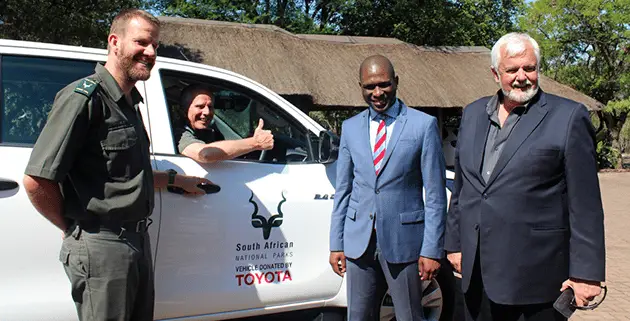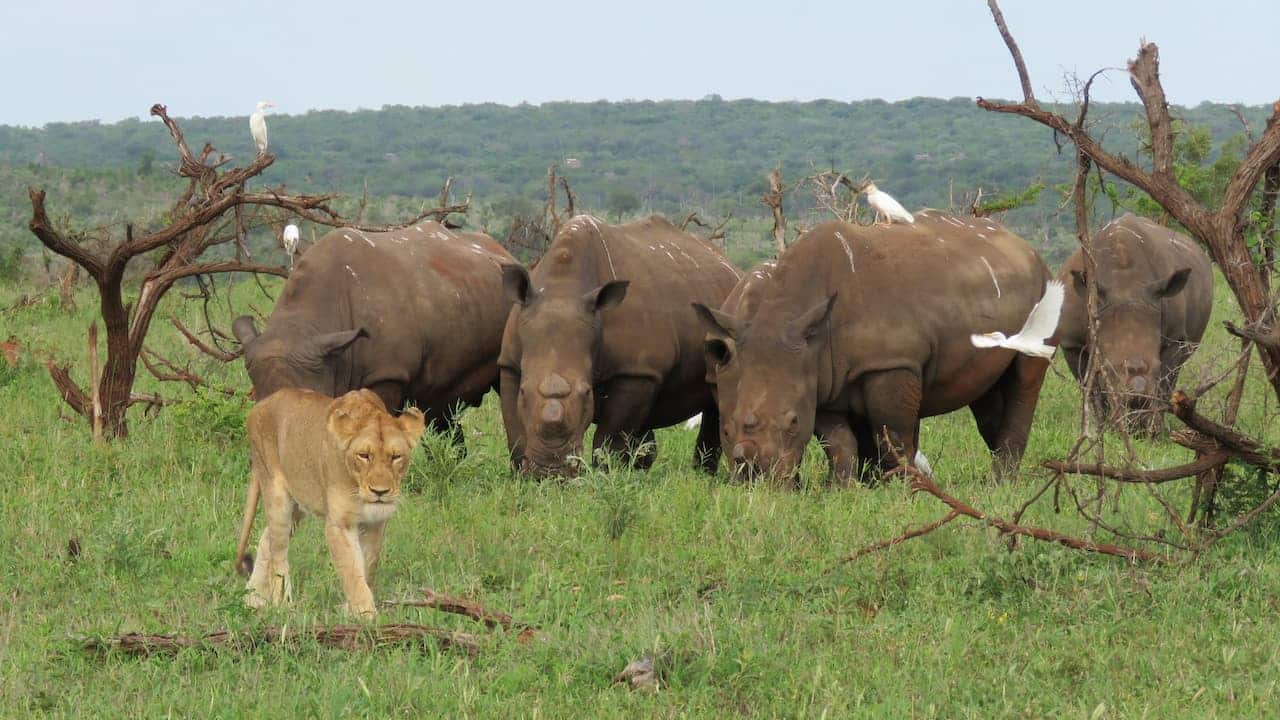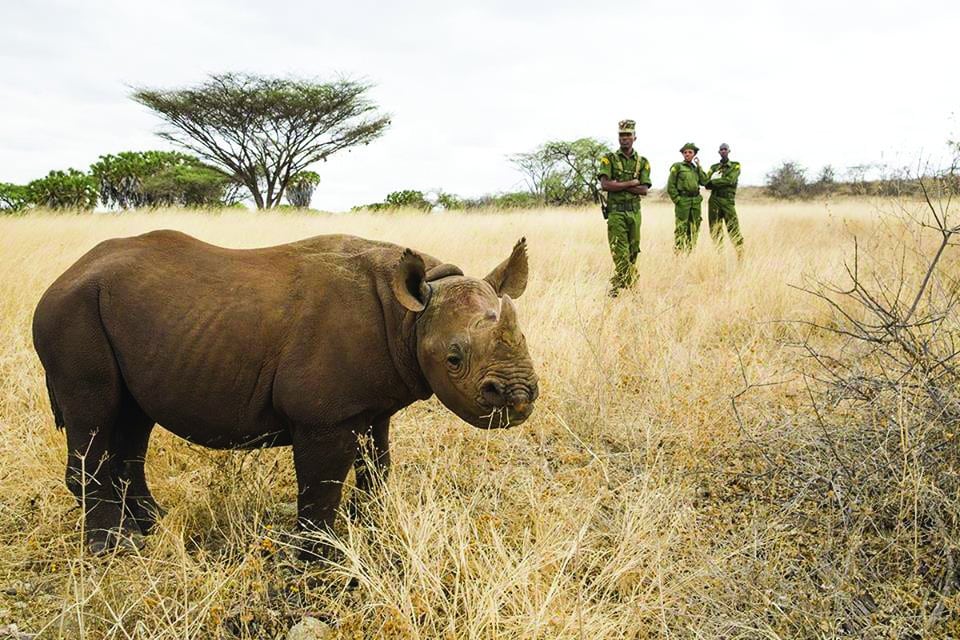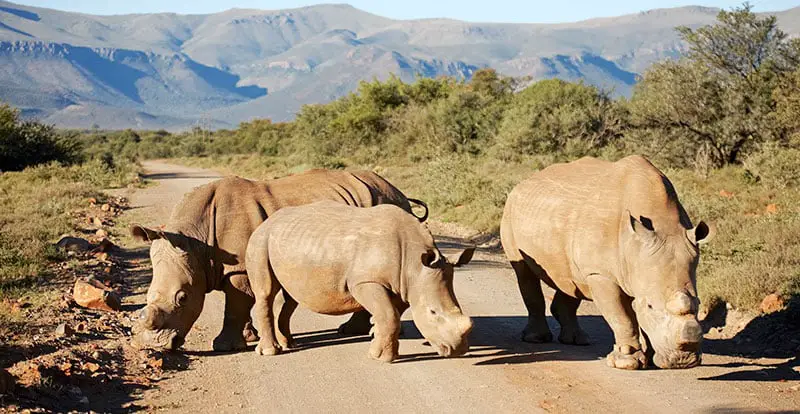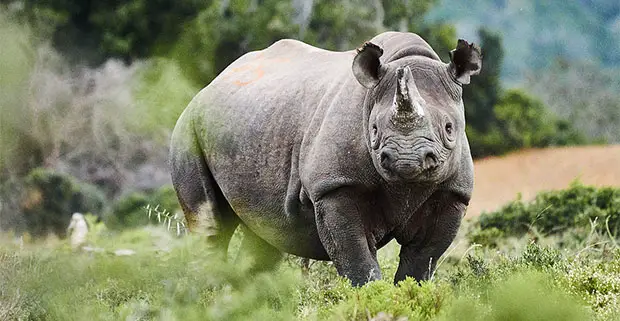Keeping track of Penguins
Where do African Penguins go when they’re not breeding? This may sound like the
opening line to a lame joke, but currently it’s a fascinating scientific question, the answers to which could help stop the precipitous population decrease of this endangered species, writes Christina Moseley, BirdLife South Africa’s Coastal Seabird Conservation Manager.
Researchers from BirdLife South Africa and the University of Cape Town have a better idea of how to answer that question. The Charl van der Merwe Trust and the Mohammed bin Zayed Conservation Fund have provided funds for 20 satellite trackers. The study, which is the first of its kind, tracked penguins using the small, waterproof satellite transmitters. “This is the first time that anyone has tracked adult African Penguins that have just completed a breeding cycle,” says Dr Ross Wanless, Manager of the Seabird Division at BirdLife South Africa. Previous tracking studies have focused almost exclusively on breeding penguins, because researchers can be sure that they will return to their nests, which allows the retrieval of small but quite pricey units.
“With the advent of improved technology, satellite devices, which can send data directly to our computers, are now small enough to attach to penguins but still provide enough battery life to be useful” explains Dr Wanless. Satellite trackers were famously used to track how quickly Peter, Pamela and Percy, released at Port Elizabeth, returned to the Western Cape following the Treasure oil spill in 2000.
The aim of the project is to find out where the penguins go once they have finished breeding. This is a crucial period because they need to fatten up to survive two weeks of moult, During the moult, penguins stay on land, don’t eat, and replace all their feathers. The lucky ones lose only half of their body weight. By knowing if they stay close to their breeding islands or travel away from them, BirdLife South Africa researchers can see if they are likely to come into competition for food with the sardine and anchovy fishery and if implementing special management areas will help.
In mid-September, 10 satellite trackers were deployed on penguins from the west coast, at Dassen Island, with the help of CapeNature, who manage the island. In the east, SANParks, UCT and BirdLife staff went to Bird Island in Nelson Mandela Bay, and deployed the other 10 devices. “The birds went out to sea for about a month and we can now report that most of them have made it safely back home” says Mr Craig Harding, the UCT student who is leading the study. “There are a couple that are a bit slower in getting back to their island but overall the project has been a success,” he adds.
The penguins on Dassen Island travelled far from the island. One bird travelled north at 50 km/day for 10 days, almost to the border with Namibia. Most went south and then east, as far as 540 km to Mossel Bay, before returning to Dassen. The penguins from Bird Island tended to stay closer to the island, with the furthest travelling penguin going almost as far as East London, a distance of about 170 km. The team now have the tricky task of trying to recover the satellite transmitters so they can use them for further work, possibly to track penguins after they have finished moulting.
For more information visit: http://www.birdlife.org.za/.

